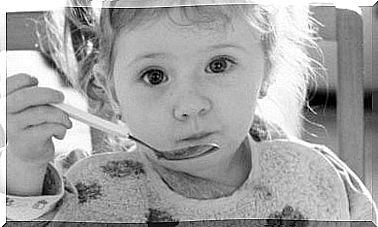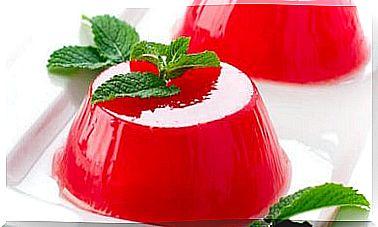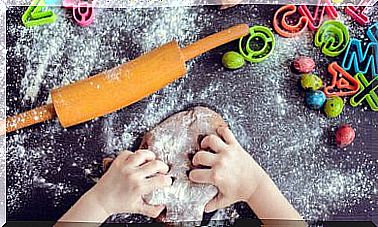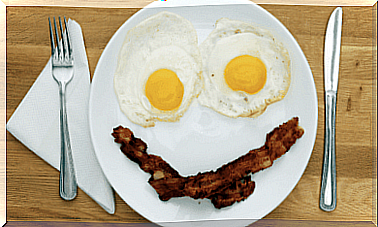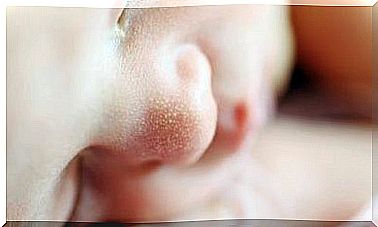How To Help A Child Manage His Anger

Anger is one of the most difficult emotions for an adult to control, imagine how complicated it is for children. Everyone of any age gets angry, and when we feel threatened we usually respond with a state of struggle, flight, or dejection. Anger is the response to the state of struggle when we feel threatened
People (both children and adults) can be irritated by external threats, but also by our own feelings or by their own actions… that is, when we get into internal conflict. On many other occasions we can also feel fear, pain, disappointment… and when we perceive this as a threat, we can respond by attacking.
Children must learn to control anger with your help.
Children do not have a fully developed frontal cortex and that is why it is very important that adults help children to self-regulate their behavior because they have a greater willingness to get angry and act angry… they do it impulsively and on many occasions without sense.
Most of the time when children get angry they want to attack other people (like a younger brother because he broke his toy, a friend from high school because they don’t agree with something, their parents for unfairly disciplining, the teacher because he made him pass shame, the cousin because he took his doll, etc…)
Therefore, it is necessary that when a child starts to get angry, he learns to manage this feeling in a healthy way, in this way he will learn over time how to control his anger and focus on it in a positive way.
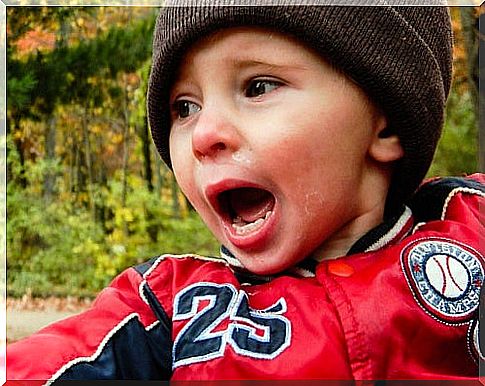
How You Can Help Your Child Manage His Anger
If your child has a lot of tantrums and it’s normal, you want those tantrums to go away so that there is greater harmony at home. If so, keep reading because below you will find some very useful strategies.
First analyze your own behavior
Before trying to change your child’s behavior you should first consider how yours is. The s children are like sponges that absorb everything that is around you, so if they see in you an unbalanced, unstable and difficult behavior model, it is likely that their children will adopt this course of action before anything that bothers them.
The control of aggressive impulses
When children are in kindergarten they may be able to tolerate the adrenaline rush that generates this urge to “fight” when they are irritated with their other peers. But adults must be the first to accept this anger so that they learn to calm down, when you accept your child’s anger and are able to remain calm, then your child will begin to recognize the appropriate emotional skills and calm down without hurting yourself or others.
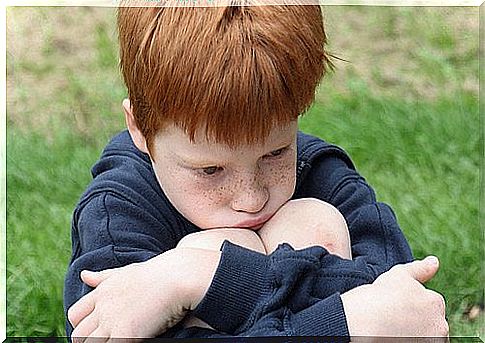
Anger doesn’t just go away, it’s always a catalytic component that will trigger it. When the child no longer experiences the feeling of anger, assess what feelings are behind him (shame, anger, fear, etc…); you can name the feelings and make the child understand what is really going on so that they can better manage their negative emotions.
When a child is able to recognize why he felt anger, he will no longer have to defend himself against these feelings and the anger will disappear almost like magic. In return, if we don’t help the children to know the real strength of their irritation then they will lose their tempers all the time and won’t be able to solve the problem in depth, remember that you are their best guide.
practical advice
There are some practical tips you should learn so that when your child has tantrums, you can help him. The steps to be followed are:
. Don’t forbid the feelings, allow your child to feel what he needs to feel.
. Set clear boundaries; allowing the feelings doesn’t mean he can hit other children.
. Don’t tell your child to calm down on his own, you must be by his side in the process.
. You must be by his side and emotionally connect with him.
. Keep Calm.
. Give your children the tools and skills they need to manage their anger.

